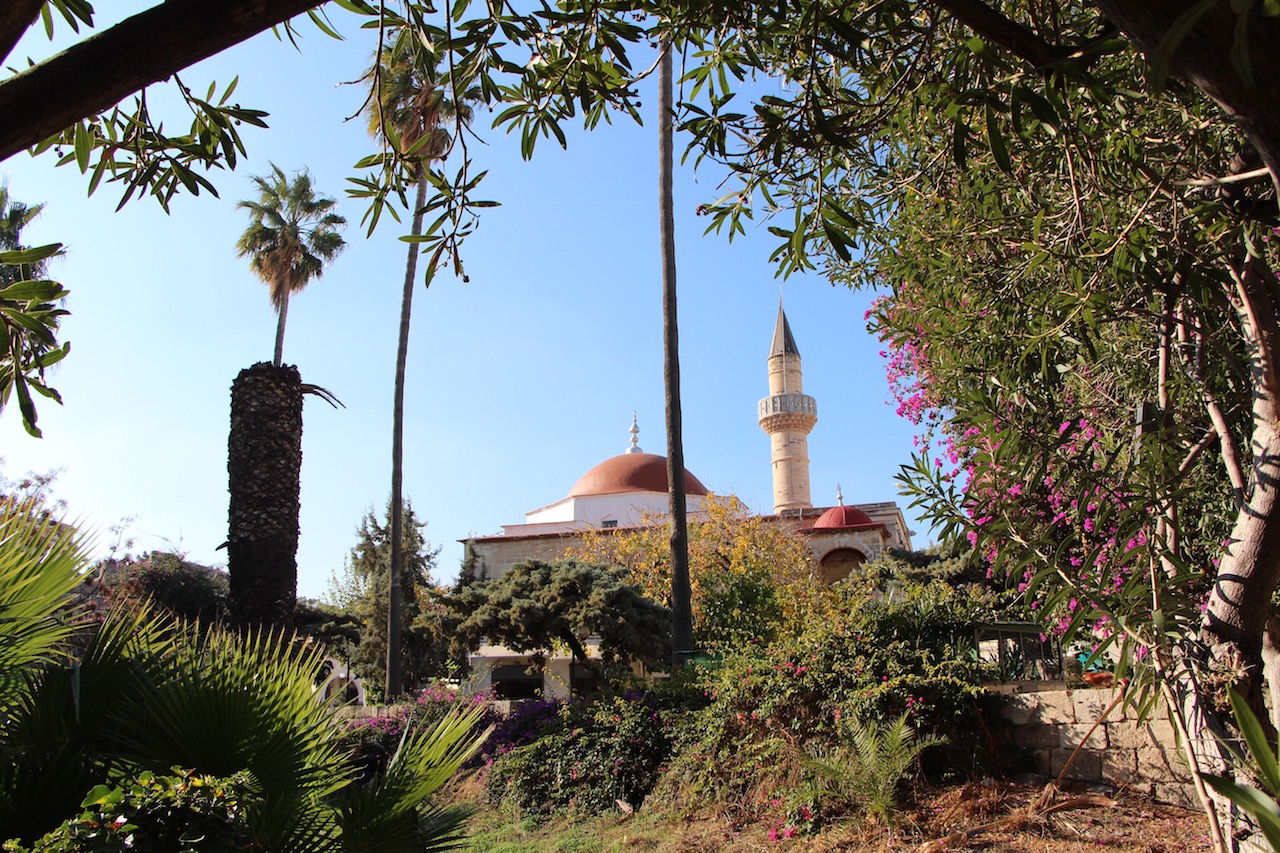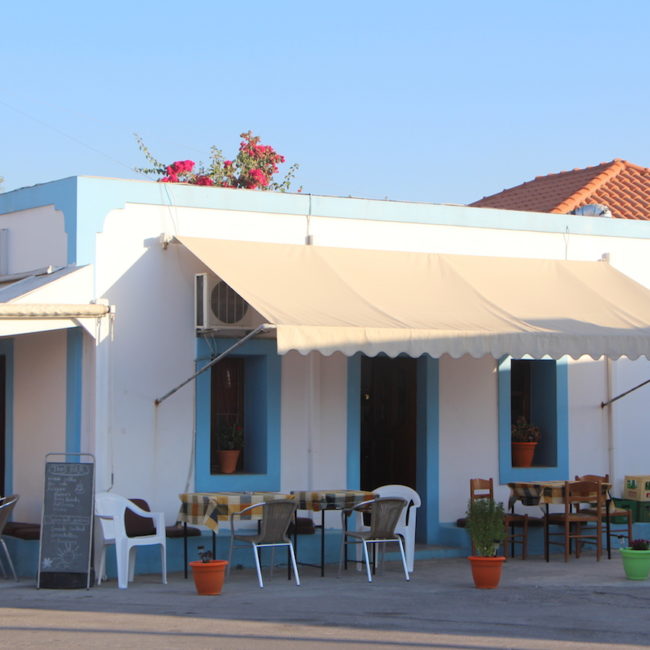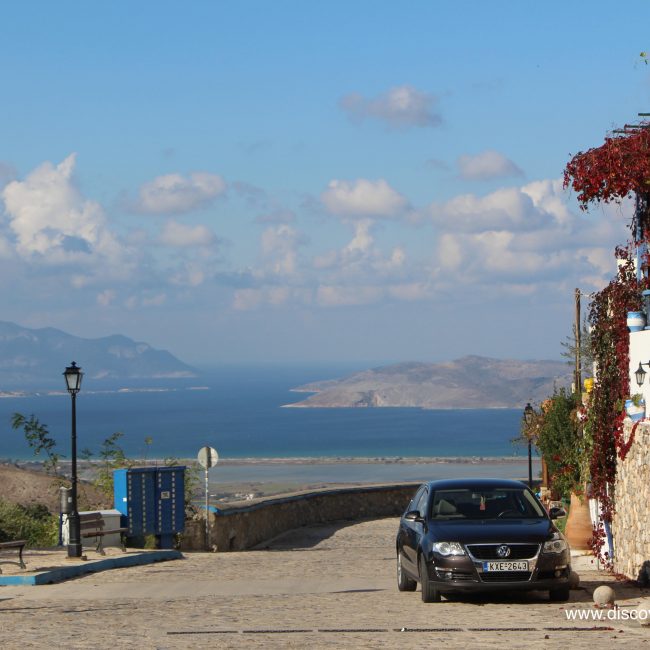The South part of the Agora (The North part lies in the Eastern Archaeological area) is dominated by two monuments, the stone-built temple of the Attalids and the altar of Dionysos, that were revealed during the Italian Archaeological Service excavations in 1933, under the direction of L. Laurenzi.
The altar of Dionysos is situated in an enclosed area of Kos town, a few meters NE of the Casa Romana, at the same level as that of the Hellenistic Agora of Kos. It was built with local white and gray-blue marble and dates back to the middle of the second century B.C., a time of booming activity and expansion for the city of Kos. It is typical of a Hellenistic type of Altar, bearing quite a few resemblances to the great altar of Pergamon.
The Altar of Dionysos probably endured extensive damages during the 142 A.D. earthquake and was partially restored. It was eventually destroyed in Late Antiquity and another building was built on top of its remains. Many parts were used by the Knights of St. John in the construction of the Neratzia Castle. The site was excavated by the Italians in the beginning of the 1930s but their discoveries were not fully disclosed or published. It did not attract much research until 1981 when the doctoral dissertation of archaeologist N. Stambolidis was published.
The monumental altar is preserved up to the “crepsis” (the stepped platform on which the altar stood). From the study of the architectural remains, archaeologists have determined that the structure was Π-shaped, with the entrance facing West, where an inclined plane (ramp) ascended to the preparation area of the ritual and the sacrificial table (trapeza), where animal sacrifices were performed.
The frieze of the altar with thirteen sculptured cornerstones represent mythical themes from the life of Dionysos and are displayed today in the inner surrounding wall of the Neratzia Castle‘s Museum. Some of them depict a thiasus, and maybe a battle between the followers of Dionysos and the Gauls. The iconography of the frieze led to the identification of the monument as the altar of Dionysos, known from inscriptions that associated its erection, in the mid 2nd century BC, with the Attalid rulers of Pergamon, who repeatedly vanquished the invading Gauls in Asia Minor. A substantial number of the relief blocks from the frieze of the altar were incorporated into the masonry of the inner precint of the Nerantzia Medieval castle, towards the end of the 15th century.
A few meters NE of the Altar, the stone base of the Temple of the Attalids of the same Hellenistic period was found with some epistyles and fluted drums.
















